

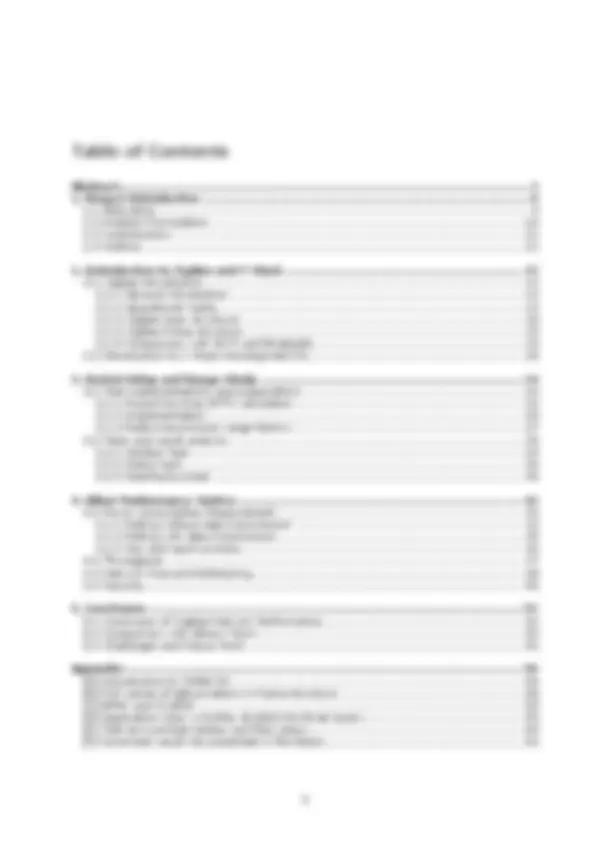
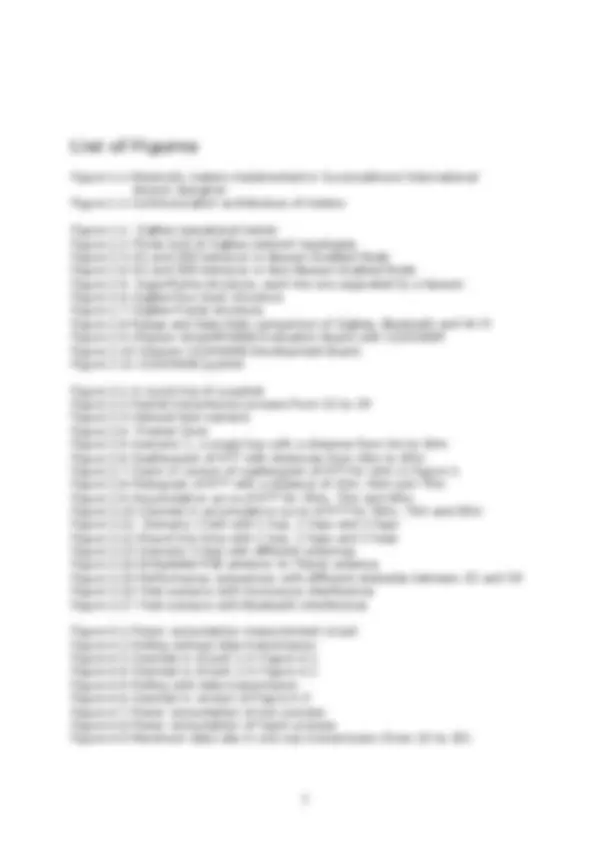

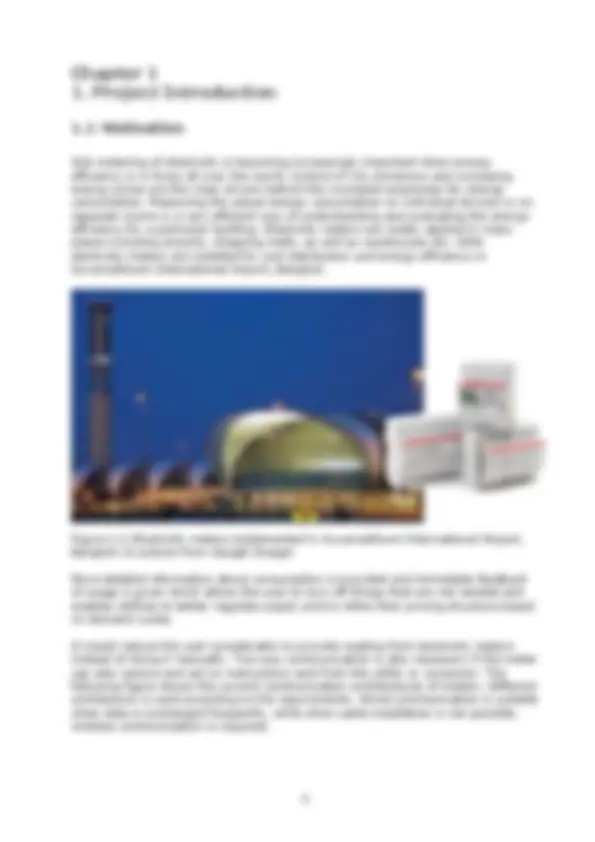
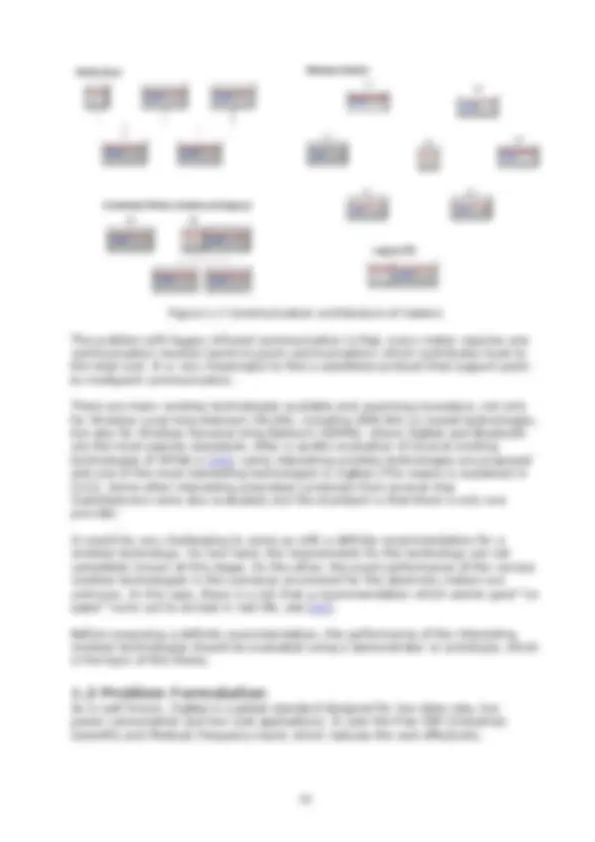
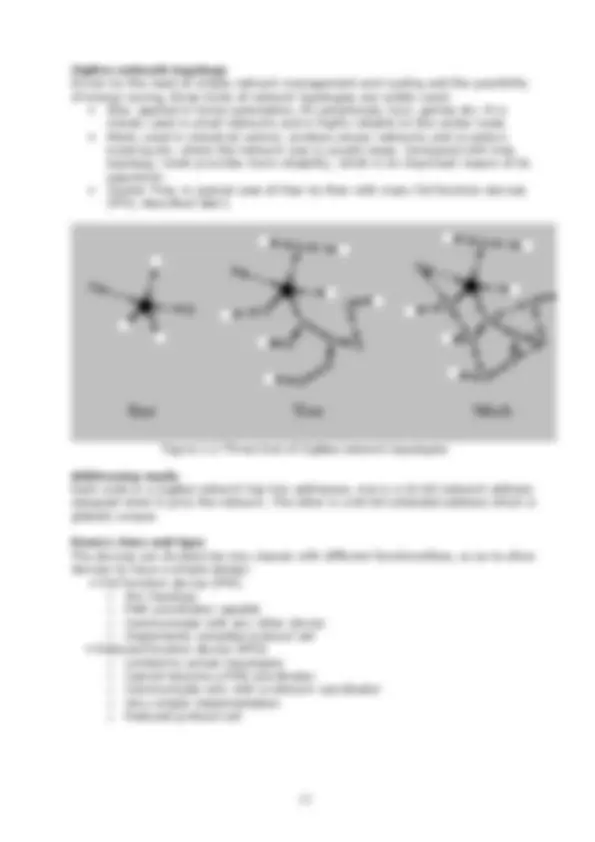
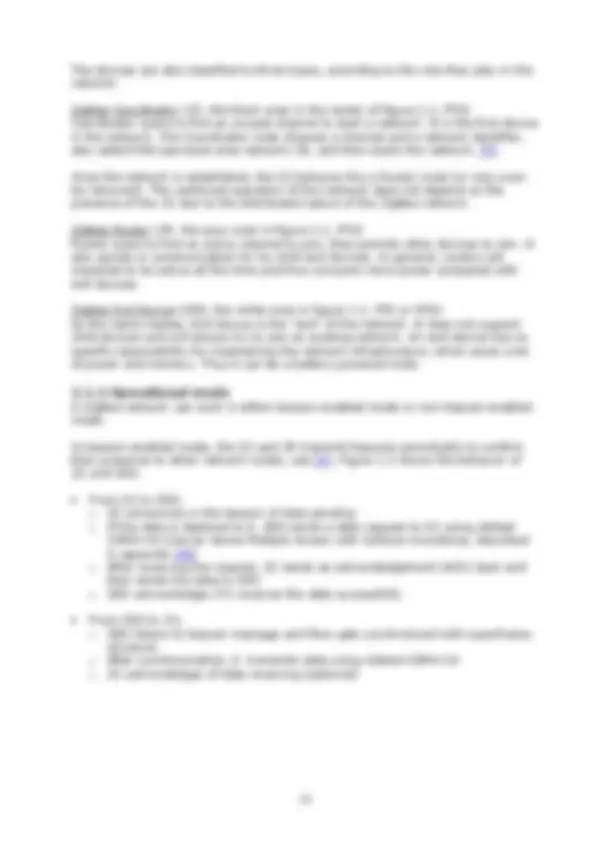
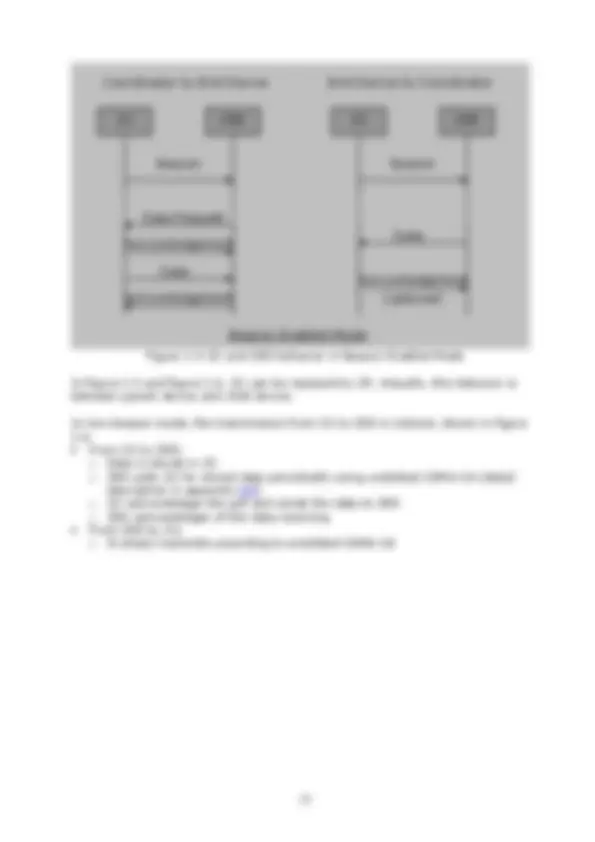
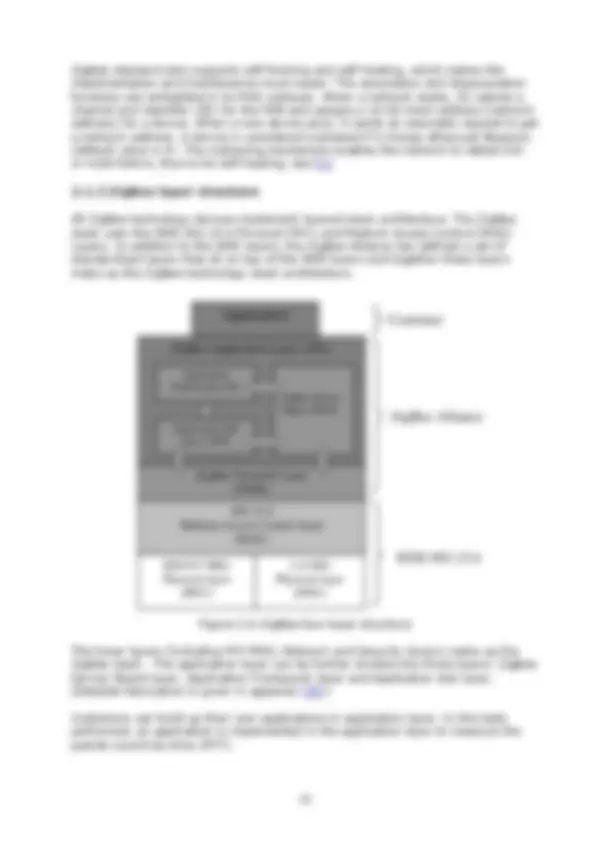
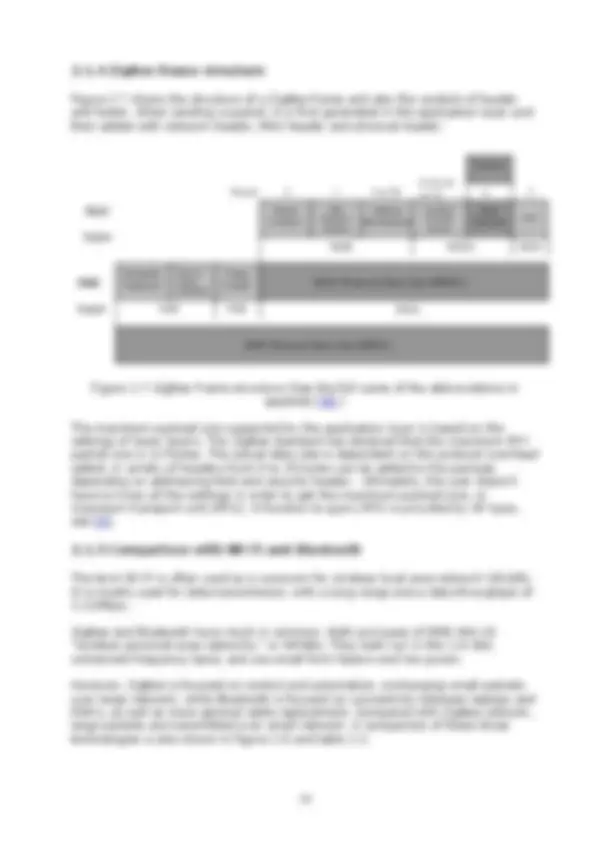
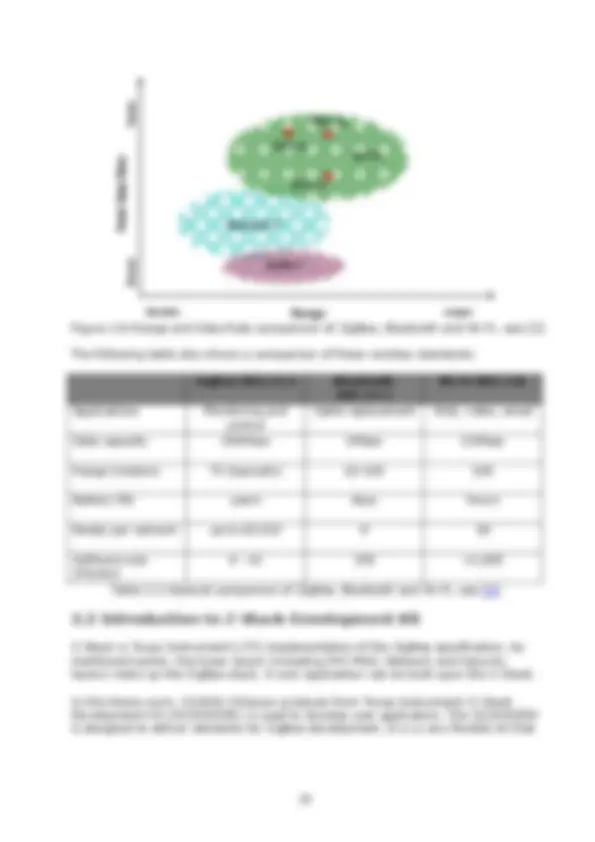

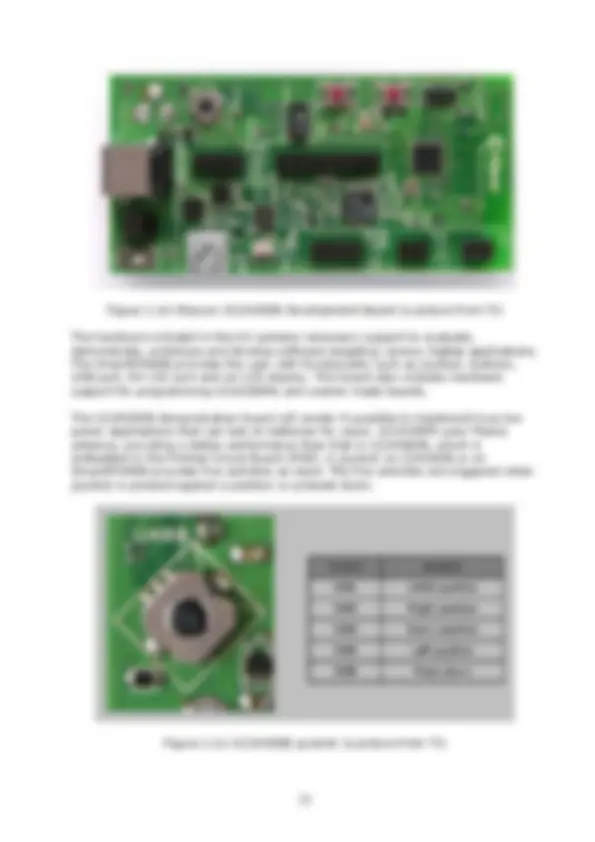

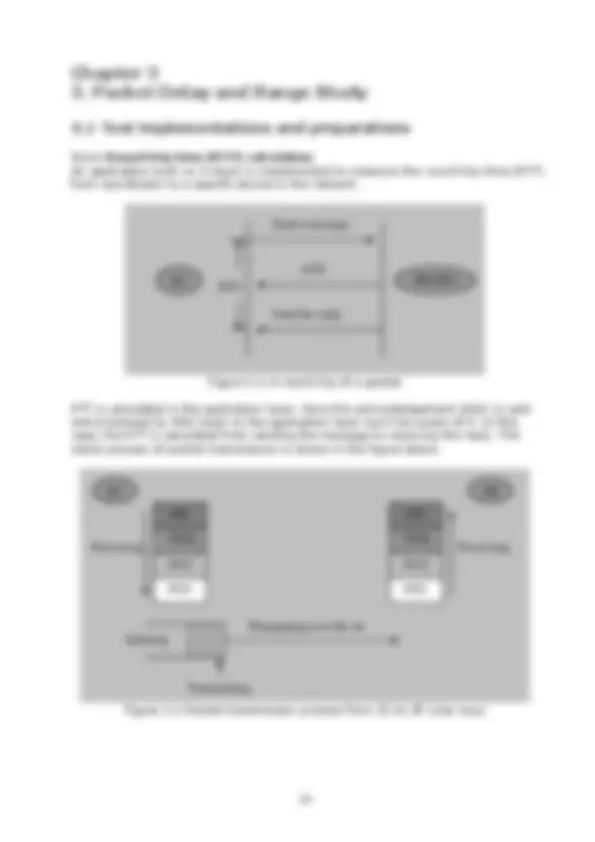

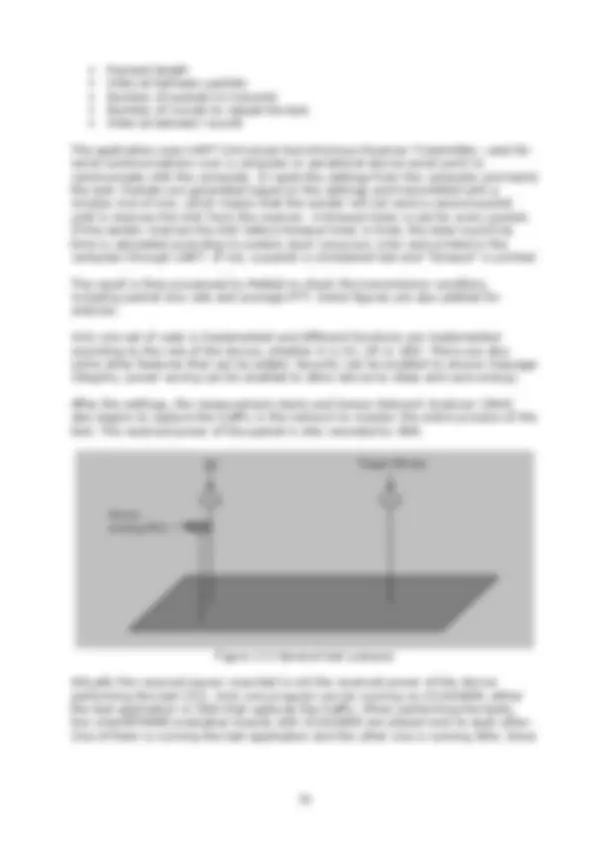


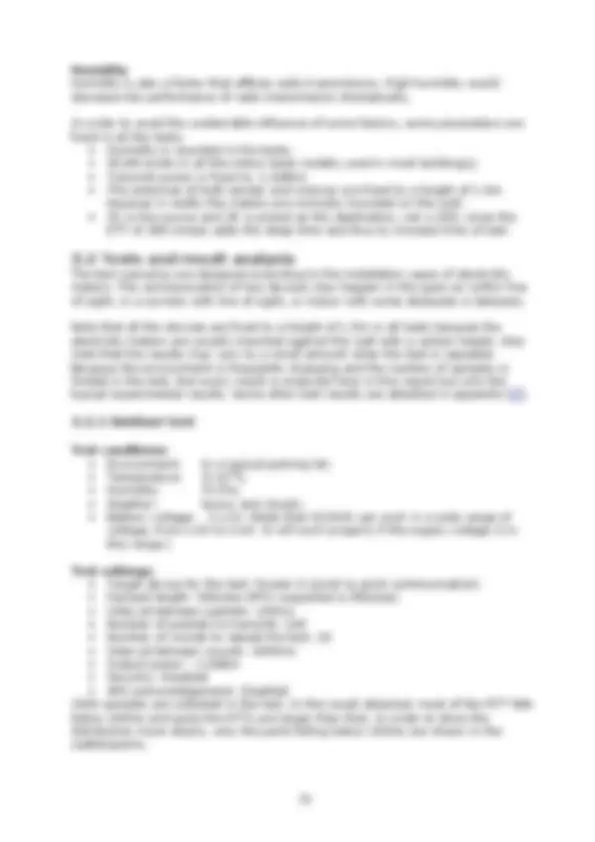
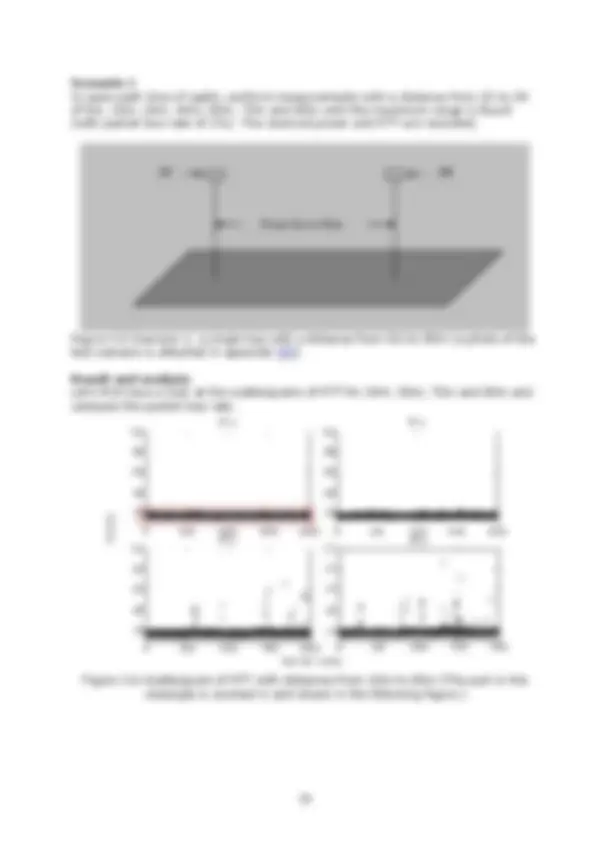
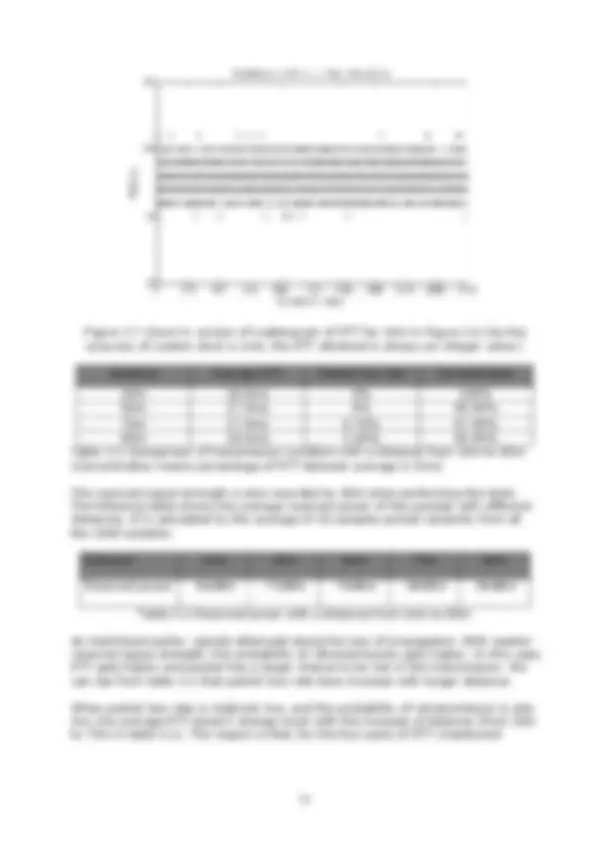
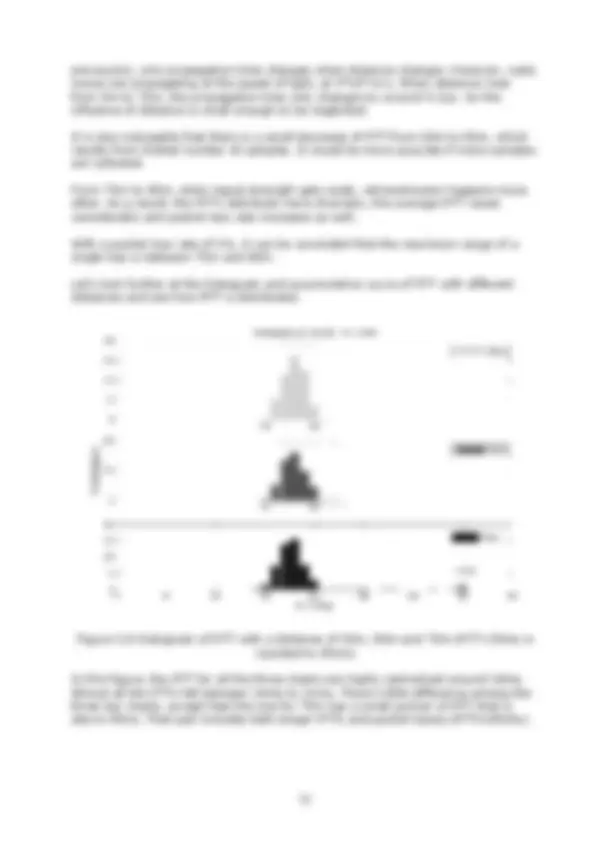
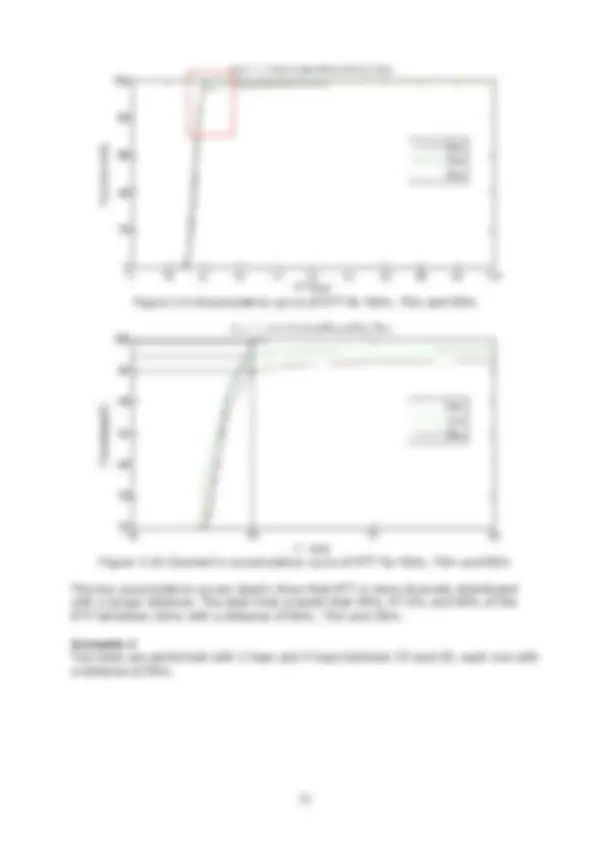
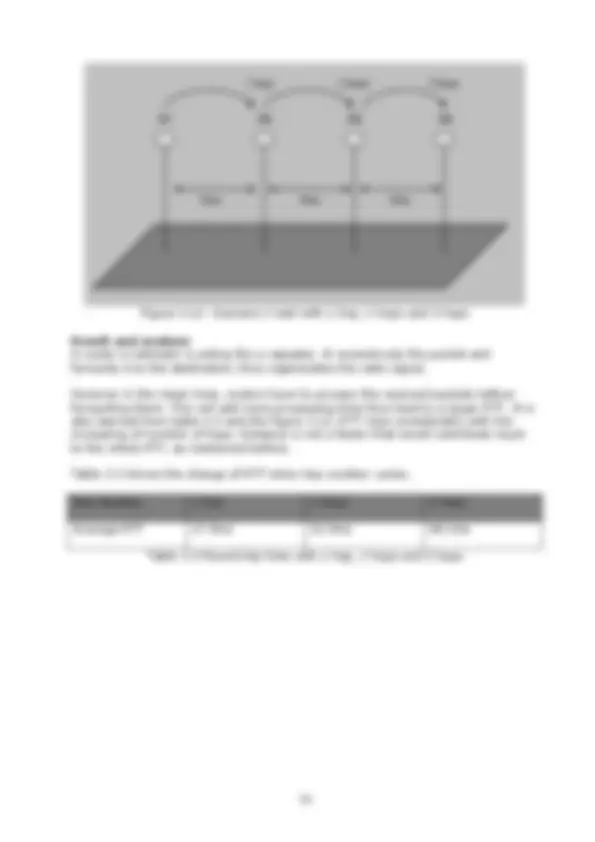
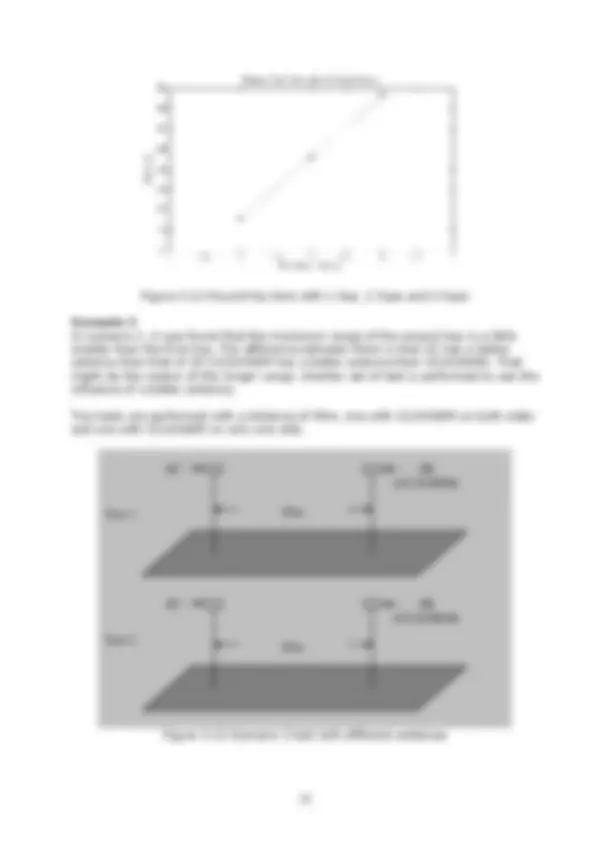
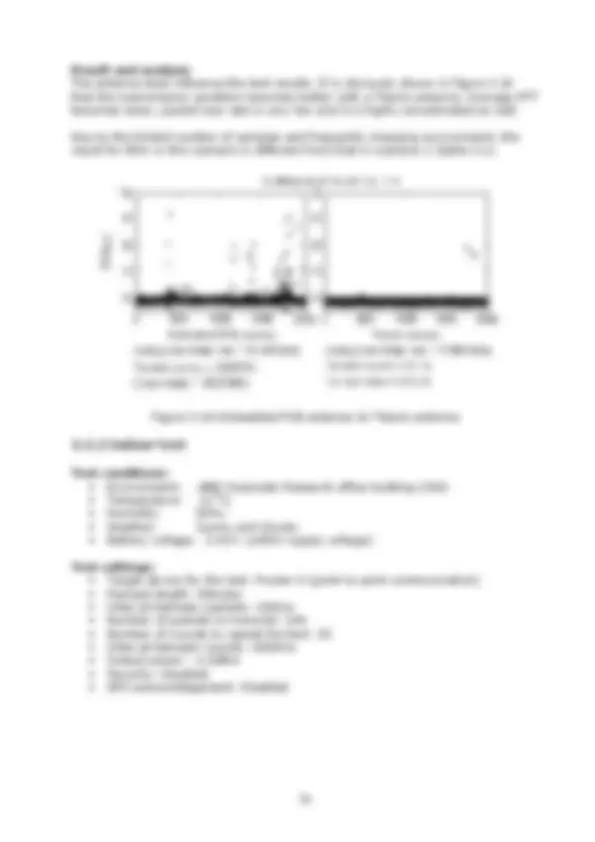
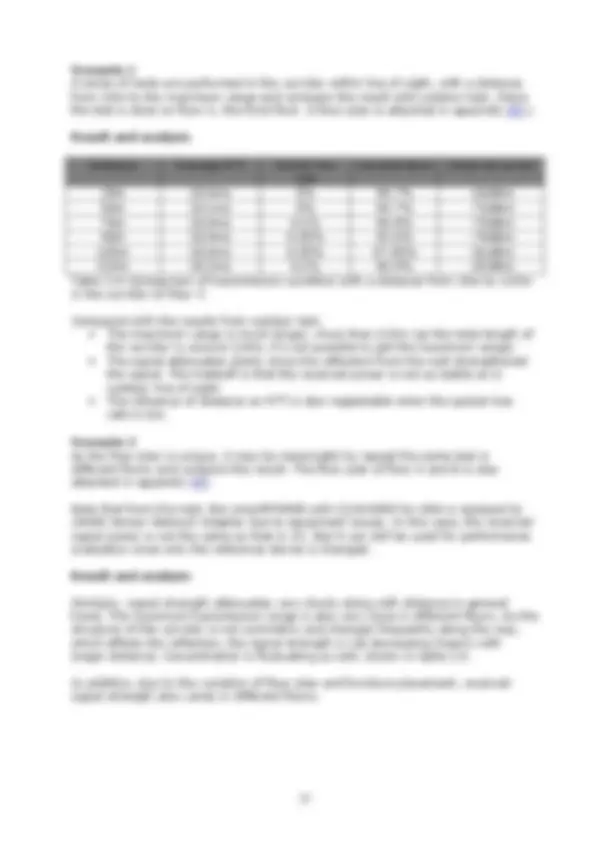
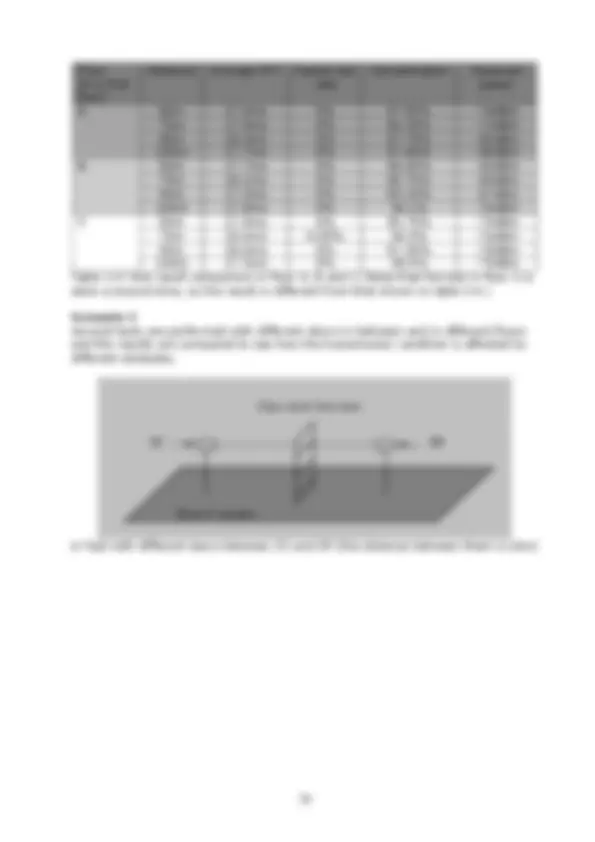
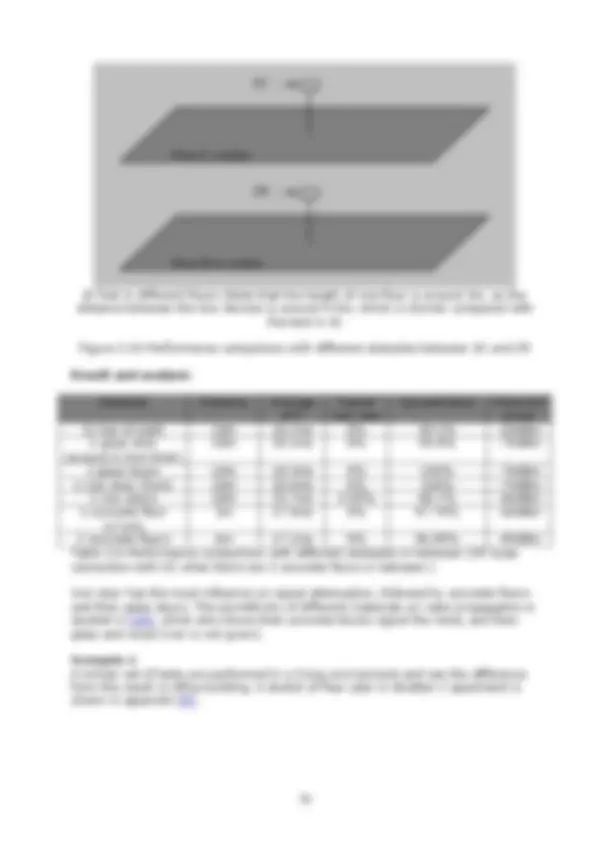
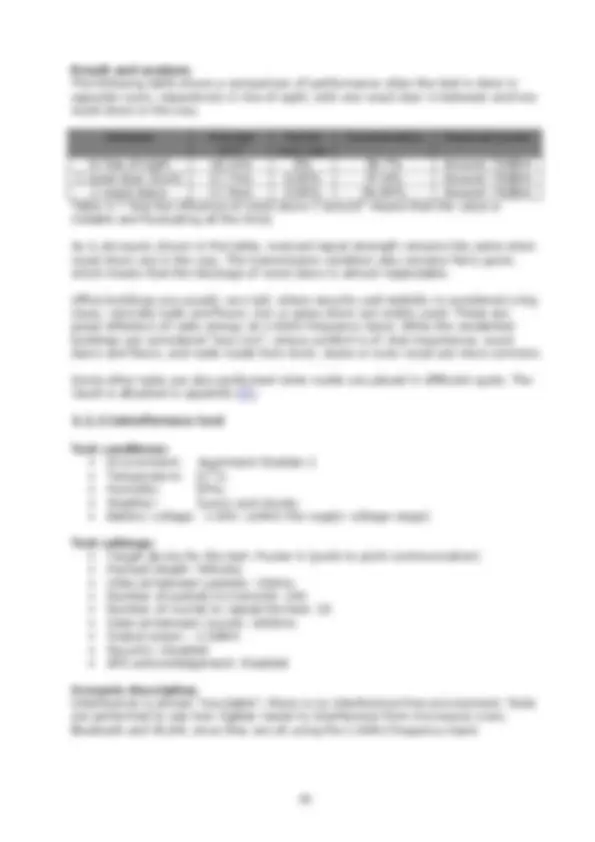
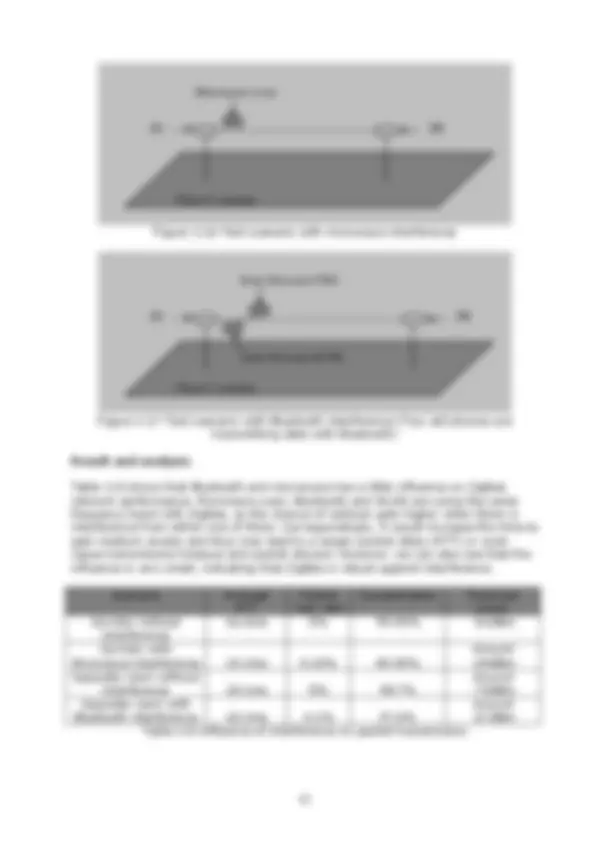
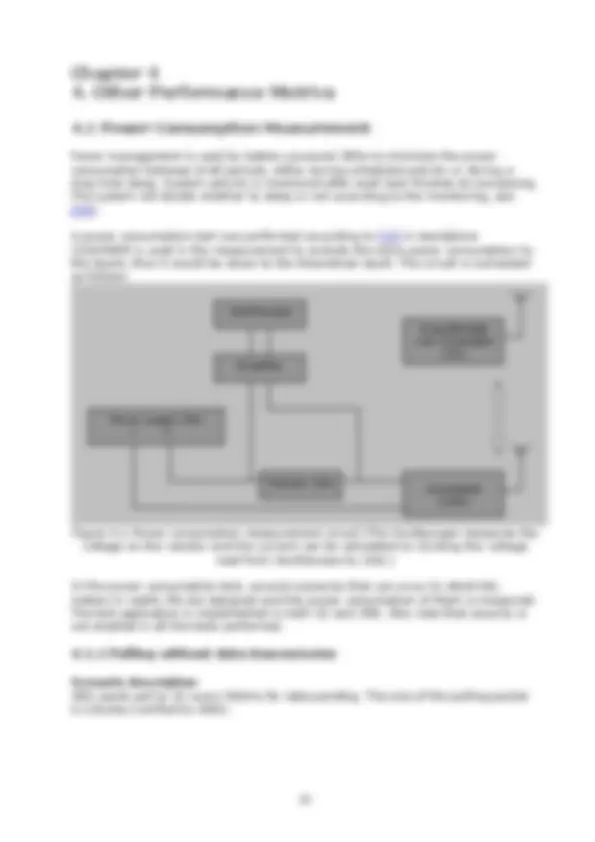
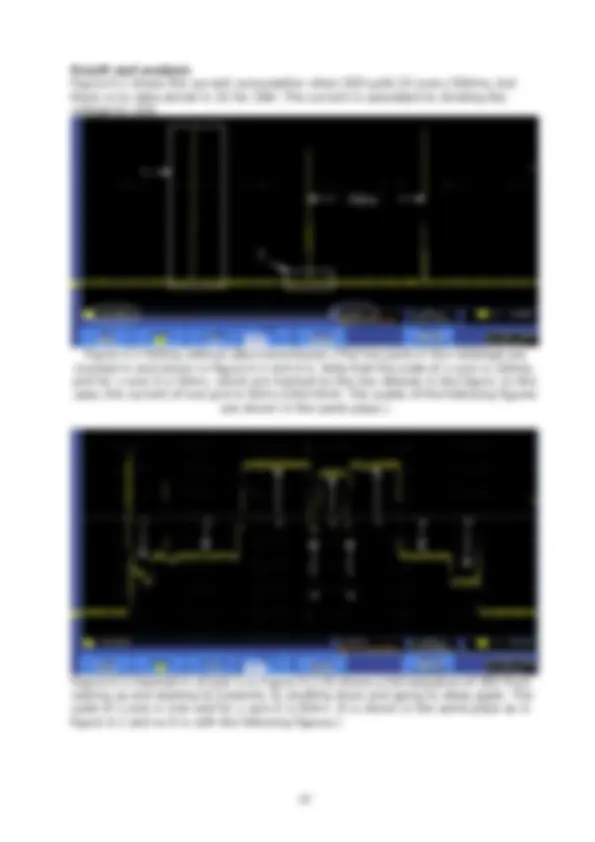
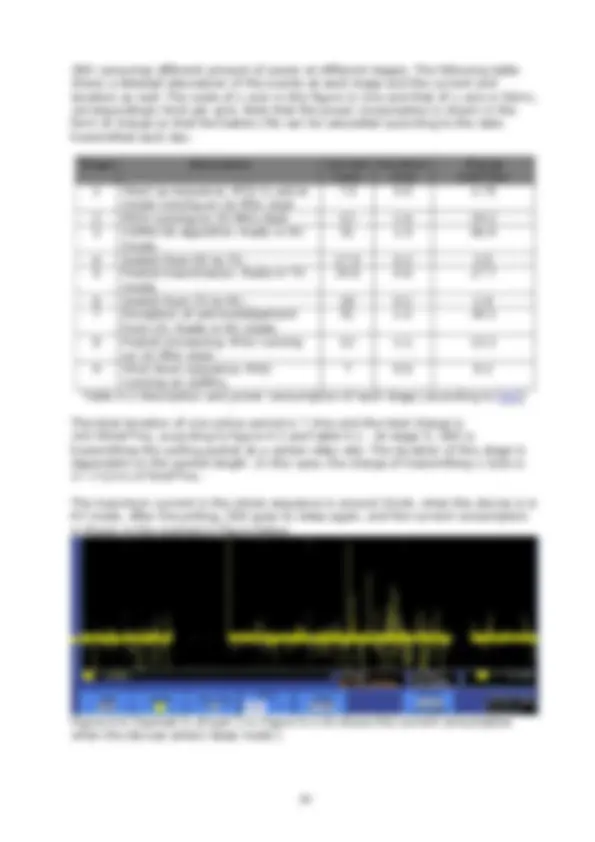
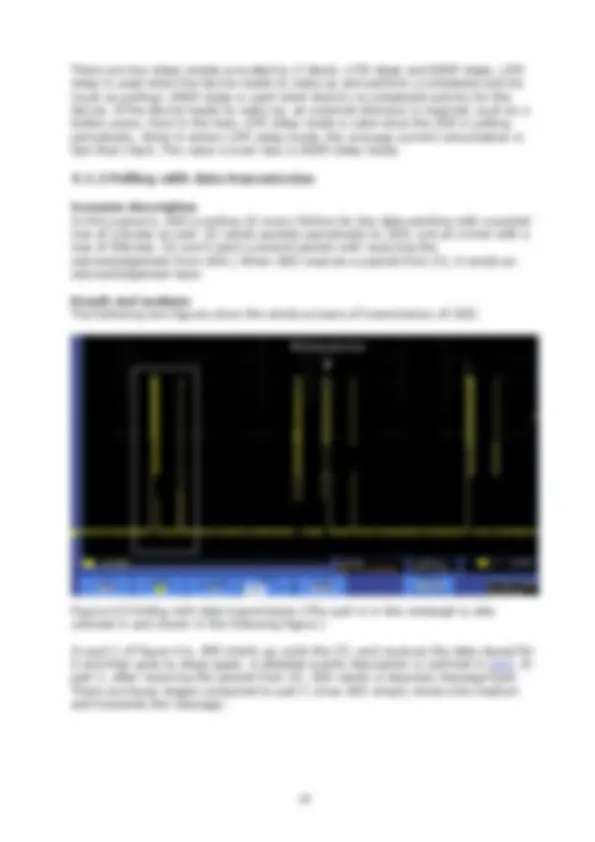
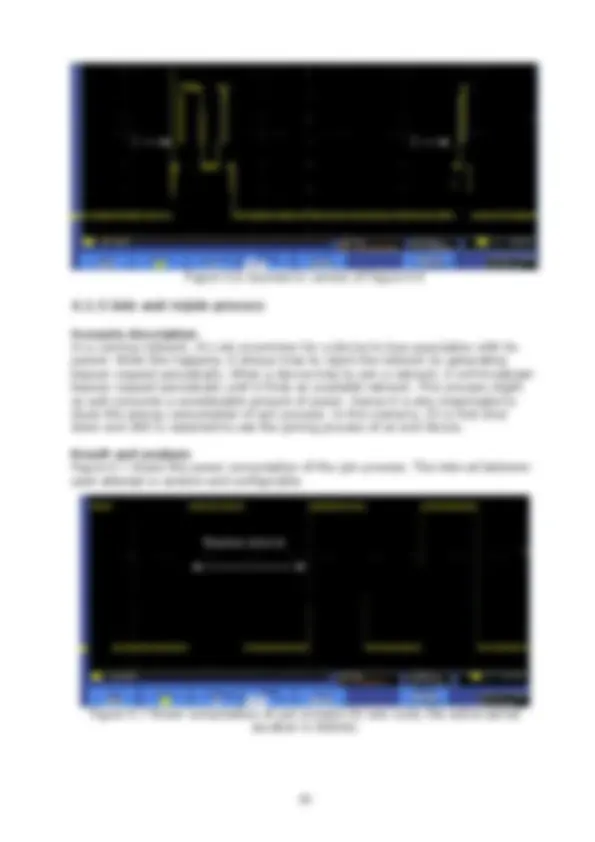
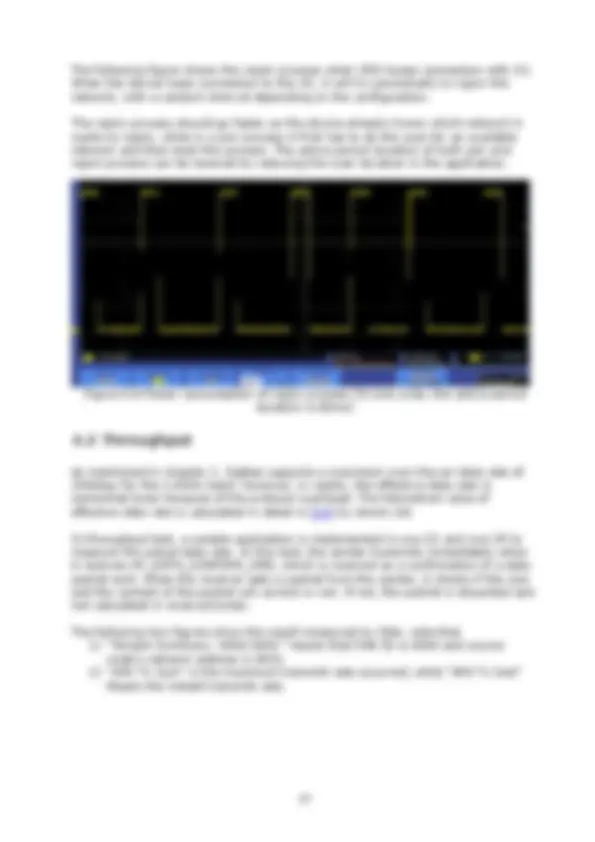
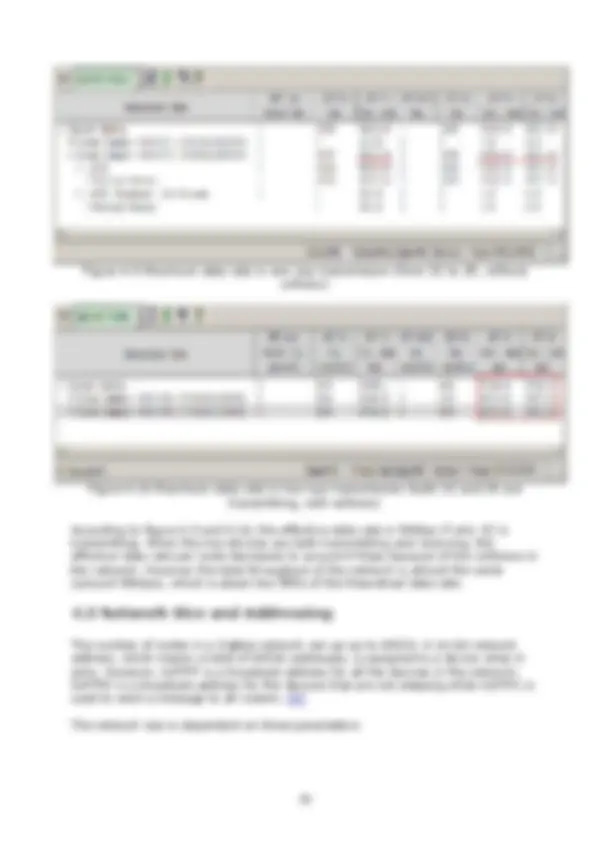
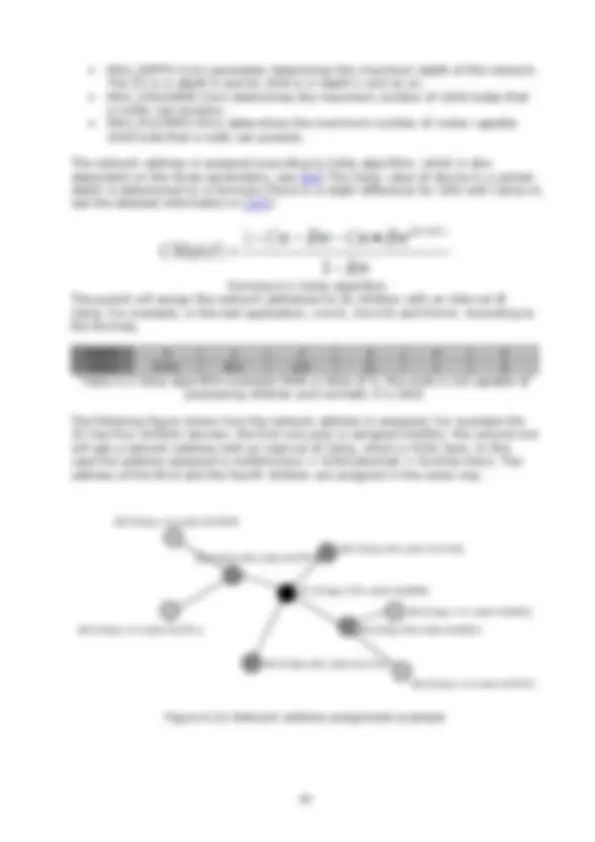
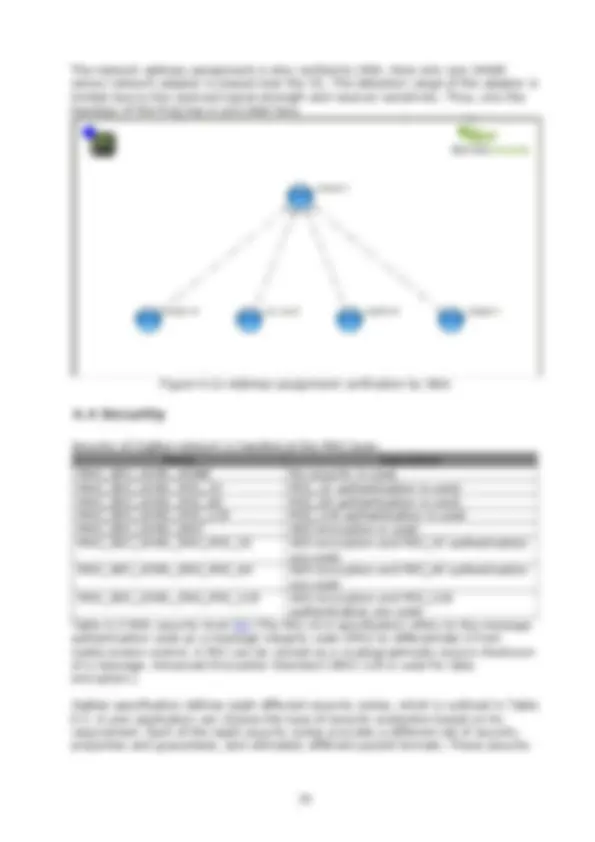

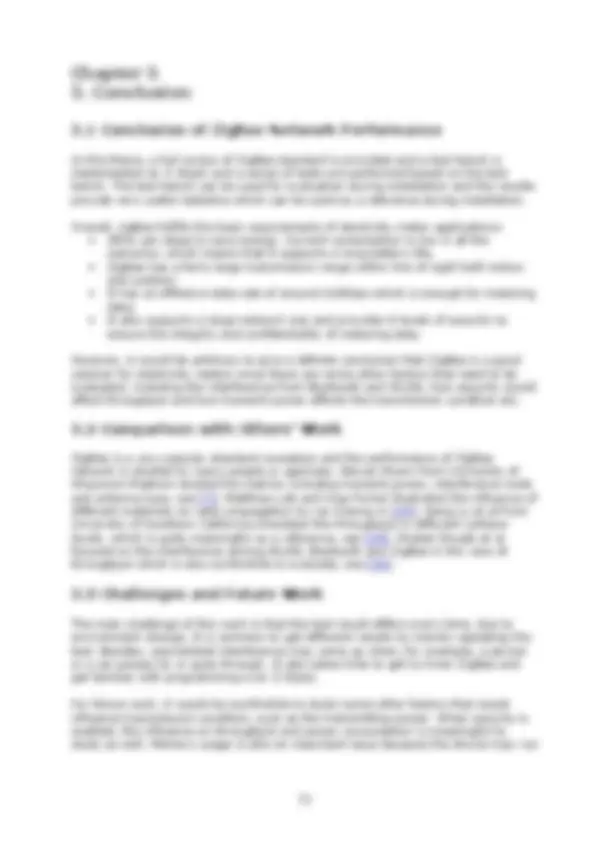


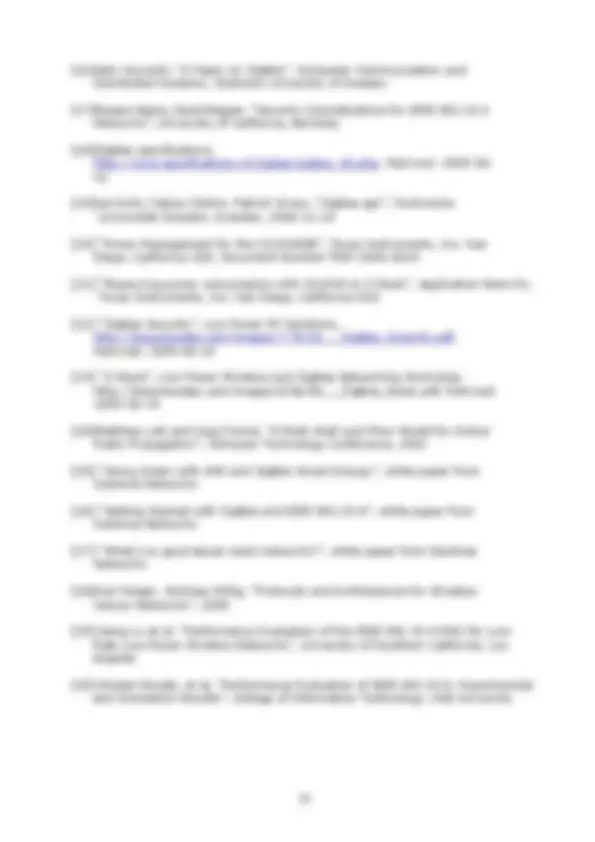

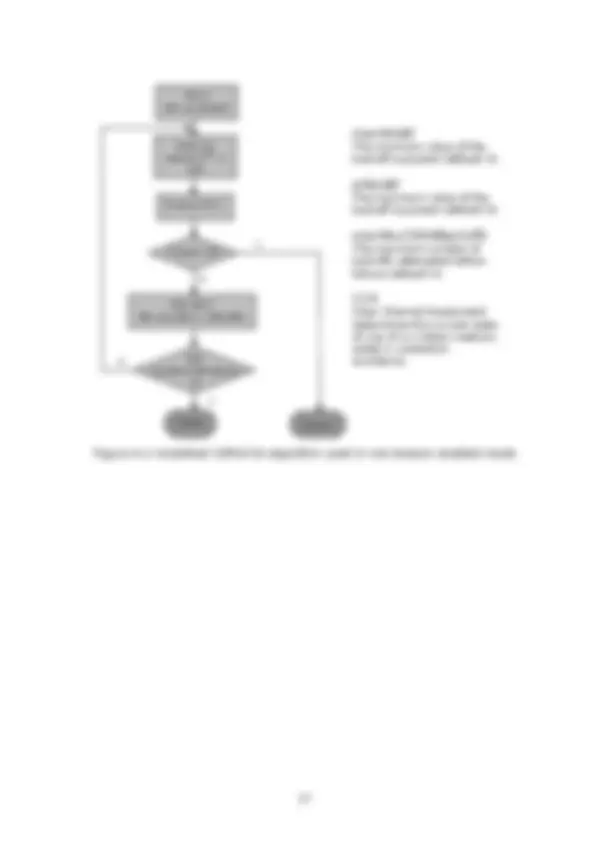
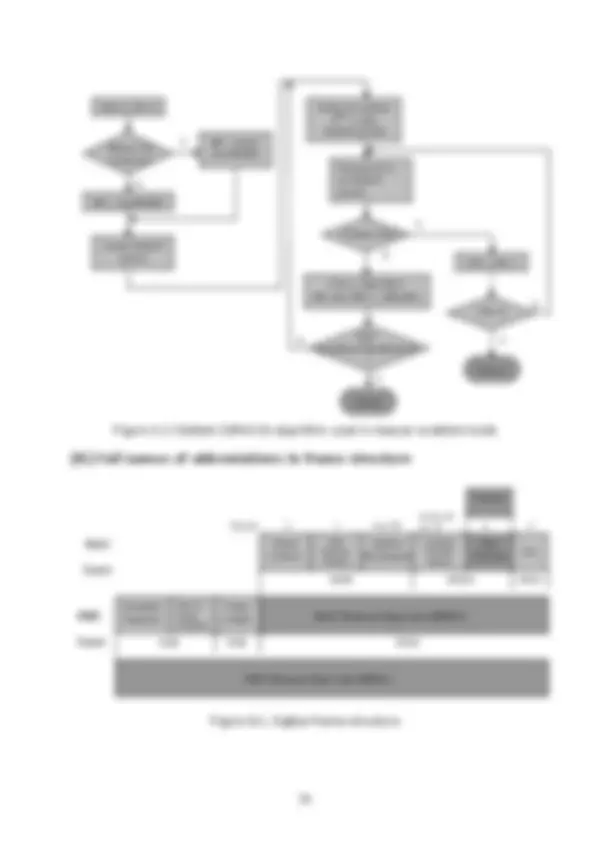
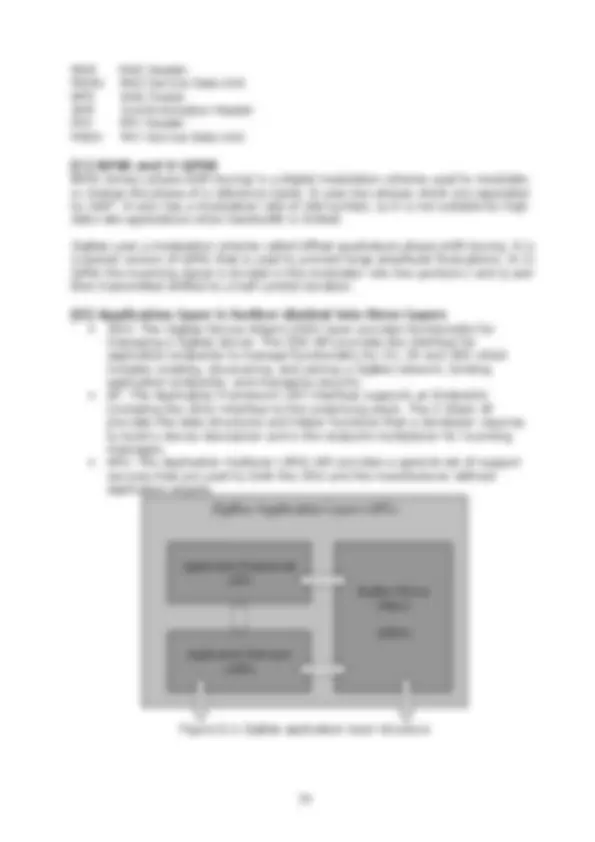
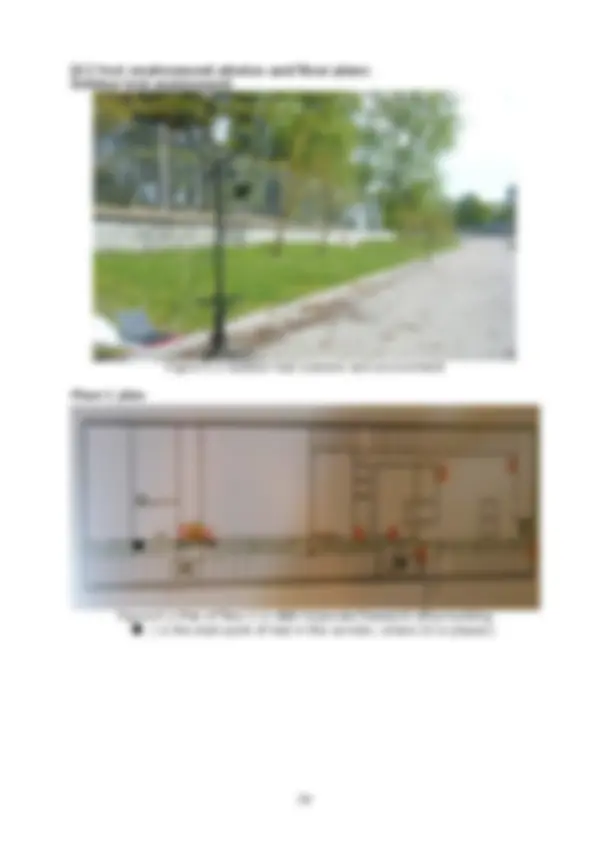
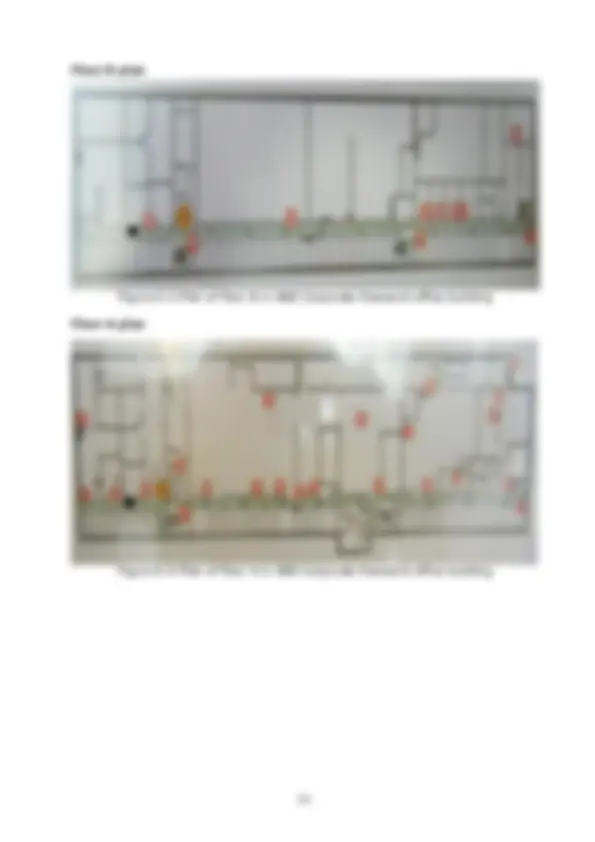
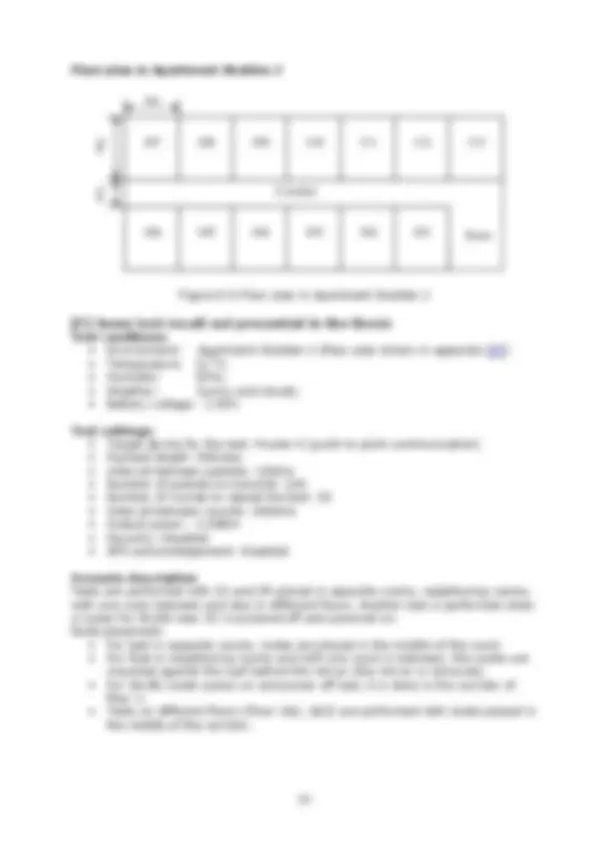
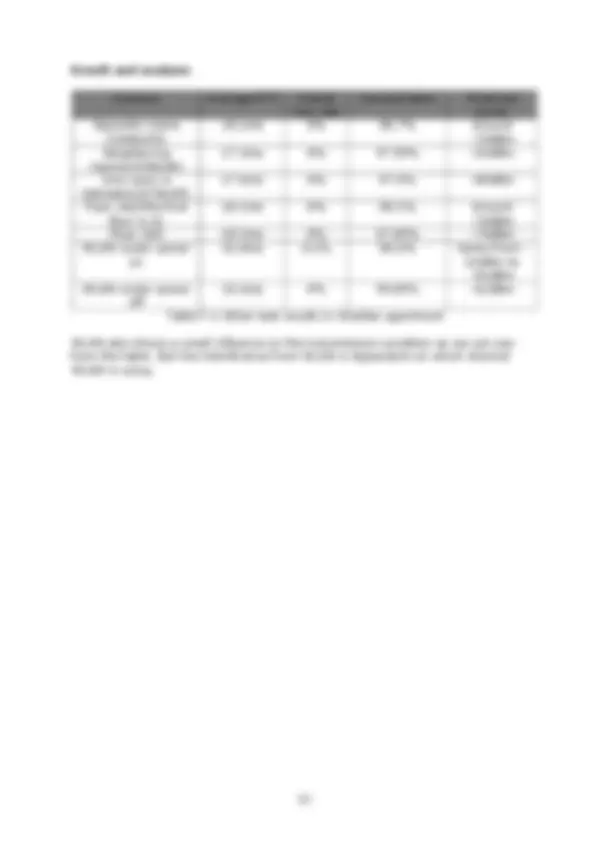


Study with the several resources on Docsity

Earn points by helping other students or get them with a premium plan


Prepare for your exams
Study with the several resources on Docsity

Earn points to download
Earn points by helping other students or get them with a premium plan
Community
Ask the community for help and clear up your study doubts
Discover the best universities in your country according to Docsity users
Free resources
Download our free guides on studying techniques, anxiety management strategies, and thesis advice from Docsity tutors
This research provides an overview of 802.15.4 and ZigBee standard. A test bench was created to evaluate the performance of ZigBee network for electricity.
Typology: Summaries
1 / 63

This page cannot be seen from the preview
Don't miss anything!
























































ZigBee is an emerging wireless technology for low-power, low data rate and short range communications between wireless nodes, which is showing a promising future. This research provides an overview of 802.15.4 and ZigBee standard. A test bench was created to evaluate the performance of ZigBee network for electricity meters applications. The results from the test show that ZigBee supports a large network size, a range of 75m within line of sight, a fairly large effective data rate that is enough for metering traffic and very low power consumption devices. These characteristics are very suitable for electricity meters applications where cost and power consumption is the major concern.
Figure 1.1-Electricity meters implemented in Suvarnabhumi International Airport, Bangkok Figure 1.2-Communication architecture of meters
Figure 2.1- ZigBee operational bands Figure 2.2-Three kind of ZigBee network topologies Figure 2.3-ZC and ZED behavior in Beacon Enabled Mode Figure 2.4-ZC and ZED behavior in Non-Beacon Enabled Mode Figure 2.5- Superframe structure, each two are separated by a beacon Figure 2.6-ZigBee four-layer structure Figure 2.7-ZigBee Frame structure Figure 2.8-Range and Data Rate comparison of ZigBee, Bluetooth and Wi-Fi Figure 2.9-Chipcon SmartRF04EB Evaluation Board with CC2430EM Figure 2.10-Chipcon CC2430DB Development Board Figure 2.11-CC2430DB joystick
Figure 3.1-A round trip of a packet Figure 3.2-Packet transmission process from ZC to ZR Figure 3.3-General test scenario Figure 3.4- Fresnel Zone Figure 3.5-Scenario 1, a single hop with a distance from 5m to 85m Figure 3.6-Scattergram of RTT with distances from 20m to 85m Figure 3.7-Zoom in version of scattergram of RTT for 20m in Figure 3. Figure 3.8-Histogram of RTT with a distance of 20m, 50m and 75m Figure 3.9-Accumulative curve of RTT for 50m, 75m and 85m Figure 3.10-Zoomed in accumulative curve of RTT for 50m, 75m and 85m Figure 3.11- Scenario 2 test with 1 hop, 2 hops and 3 hops Figure 3.12-Round trip time with 1 hop, 2 hops and 3 hops Figure 3.13-Scenario 3 test with different antennas Figure 3.14-Embedded PCB antenna Vs Titanis antenna Figure 3.15-Performance comparison with different obstacles between ZC and ZR Figure 3.16-Test scenario with microwave interference Figure 3.17-Test scenario with Bluetooth interference
Figure 4.1-Power consumption measurement circuit Figure 4.2-Polling without data transmission Figure 4.3-Zoomed in of part 1 in Figure 4. Figure 4.4-Zoomed in of part 2 in Figure 4. Figure 4.5-Polling with data transmission Figure 4.6-Zoomed in version of Figure 4. Figure 4.7-Power consumption of join process Figure 4.8-Power consumption of rejoin process Figure 4.9-Maximum data rate in one way transmission (from ZC to ZR)
Table 2.1-Comparison of three ISM frequency bands Table 2.2-General comparison of ZigBee, Bluetooth and Wi-Fi
Table 3.1-Comparison of transmission condition with a distance from 20m to 85m Table 3.2-Received power with a distance from 10m to 85m Table 3.3-Round trip time with 1 hop, 2 hops and 3 hops Table 3.4-Comparison of transmission condition with a distance from 20m to 115m in the corridor of floor C Table 3.5-Test result comparison in floor A, B and C Table 3.6-Performance comparison with different obstacles in between Table 3.7-Test the influence of wood doors Table 3.8-Influence of interference on packet transmission
Table 4.1-Description and power consumption of each stage Table 4.2-Cskip algorithm example Table 4.3-MAC security level
Table G.1-Other test results in Skalden apartment
Acknowledgement Access Control List Advanced Encryption Standard Application Sub Layer Beacon Order Contention Access Period Contention Free Period Carrier Sense Multiple Access with Collision Avoidance Full Function Devices Guarantee Time Slots Medium Access Control Message Integrity Code Maximum Transport Unit Network Printed Circuit Board Physical Layer Personal Area Network Reduced Function Device Round Trip Time Sensor Network Analyzer Superframe Order Texas Instrument Universal Asynchronous Receiver Transmitter Wireless Local Area Network Wireless Personal Area Network Wireless Sensor Network ZigBee Coordinator Z-Stack Development Kit ZigBee End Device ZigBee Router
Figure 1.2 Communication architecture of meters
The problem with legacy infrared communication is that, every meter requires one communication module (point-to-point communication) which contributes most to the total cost. It is very meaningful to find a substitute protocol that support point- to-multipoint communication.
There are many wireless technologies available and upcoming nowadays, not only for Wireless Local Area Network (WLAN), including IEEE 802.11 based technologies, but also for Wireless Personal Area Network (WPAN), where ZigBee and Bluetooth are the most popular standards. After a careful evaluation of several existing technologies of WPAN in [11], some interesting wireless technologies are proposed and one of the most interesting technologies is ZigBee (The reason is explained in [11]). Some other interesting proprietary protocols from several chip manufacturers were also evaluated, but the drawback is that there is only one provider.
It would be very challenging to come up with a definite recommendation for a wireless technology. On one hand, the requirements for the technology are not completely known at this stage. On the other, the exact performance of the various wireless technologies in the scenarios envisioned for the electricity meters are unknown. In this case, there is a risk that a recommendation which seems good “on paper” turns out to be bad in real life, see [11].
Before proposing a definite recommendation, the performance of the interesting wireless technologies should be evaluated using a demonstrator or prototype, which is the topic of this thesis.
As is well known, ZigBee is a global standard designed for low-data-rate, low power-consumption and low-cost applications. It uses the free ISM (Industrial, Scientific and Medical) frequency band, which reduces the cost effectively.
Wired (Bus) Wireless (Radio)
Combined (Wired, wireless and legacy)
Legacy (IR)
Compared with some proprietary protocols, there are many suppliers with both hardware and stack solutions. Besides, it is robust against interference and not difficult to tunnel other protocols through ZigBee. There are some drawbacks of ZigBee standard as well:
The main focus of meters is cost; it would reduce the cost if one communication module supports a large number of meters, or a large network size. The power consumption needs to be low if the devices are battery powered. Security is also necessary to prevent from changing the metering data. Data rate doesn’t have to be high since the meters only report a small amount of data daily or even monthly. The main task of this thesis work is to create a test bench that can be used to evaluate performance of ZigBee for electricity meters applications. A series of performance metrics will be studied, which are:
Some other factors that would affect the performance like the transmit power, interference node, antenna type etc, are also very interesting. As the time is limited, it is suggested in the future work.
The contributions of this thesis work include both a full study of ZigBee standard and an evaluation of performance of ZigBee network in real environment.
To start with, an introduction to ZigBee standard and Z-Stack Development Kit is given in Chapter 2.
In Chapter 3, which is the main part, packet delay and range are studied. A test bench is implemented and several scenarios are designed to evaluate the performance of the ZigBee network. Measurements are processed under these scenarios and results will be analyzed and discussed.
Some other performance metrics are also studied in Chapter 4, including power consumption, throughput, network size and security.
Then in Chapter 5, a conclusion is given whether ZigBee network is suitable or not for electricity meter applications.
ZigBee network topology Driven by the need of simple network management and routing and the possibility of energy saving, three kinds of network topologies are widely used:
Figure 2.2-Three kind of ZigBee network topologies
Addressing mode Each node in a ZigBee network has two addresses, one is a 16-bit network address assigned when it joins the network. The other is a 64-bit extended address which is globally unique.
Device class and type The devices are divided into two classes with different functionalities, so as to allow devices to have a simple design:
Star Tree Mesh
The devices are also classified to three types, according to the role they play in the network.
ZigBee Coordinator (ZC, the black ones in the center of figure 2.2, FFD) Coordinator scans to find an unused channel to start a network. It is the first device in the network. The Coordinator node chooses a channel and a network identifier, also called PAN (personal area network) ID, and then starts the network. [5]
Once the network is established, the ZC behaves like a Router node (or may even be removed). The continued operation of the network does not depend on the presence of the ZC due to the distributed nature of the ZigBee network.
ZigBee Router (ZR, the grey ones in figure 2.2, FFD) Router scans to find an active channel to join, then permits other devices to join. It also assists in communication for its child end devices. In general, routers are expected to be active all the time and thus consume more power compared with end devices.
ZigBee End Device (ZED, the white ones in figure 2.2, FFD or RFD) As the name implies, End Device is the “end” of the network. It does not support child devices and will always try to join an existing network. An end-device has no specific responsibility for maintaining the network infrastructure, which saves a lot of power and memory. Thus it can be a battery-powered node.
A ZigBee network can work in either beacon-enabled mode or non-beacon-enabled mode.
In beacon-enabled mode, the ZC and ZR transmit beacons periodically to confirm their presence to other network nodes, see [6]. Figure 2.3 shows the behavior of ZC and ZED.
Figure 2.4-ZC and ZED behavior in Non-Beacon Enabled Mode
In beacon mode, the ZC and ZR are also allowed to sleep in inactive period (mentioned later). The parents send beacon periodically to announce their existence, while child devices listen to the beacon and get synchronized. In this case, all the devices know when to communicate with each other. The most important advantage of beacon mode is that it reduces the power consumption of the system.
The drawback is devices cannot simply send out a beacon request to see whether there is a network to join. Instead, they have to listen and wait for a beacon, which obviously increases deployment time. Besides, precise timing is required. Devices that miss the beacon for some reason will lose the synchronization after a while. As a result, there is a broken link that will affect other nodes as well. Beacon mode is more suitable when the ZC is battery-operated, but it is not suitable for large networks, see [15].
Non-beacon mode is typically used for security systems where end devices units, such as intrusion sensors, motion detectors, and glass-break detectors, sleep most of the time. Power consumption is asymmetric in this mode, where ZC and ZR have to stay awake and is typically powered from main source. However, ZED is allowed to sleep for unlimited periods of time, enabling them to save power. This approach is widely used in large networks, see [19].
In the test, the system is operating in non-beacon enabled mode. Because packets are transmitted continuously, if ZC and ZR go to sleep, it would increase the test time.
A superframe structure is used in beacon mode:
Figure 2.5- Superframe structure, each two superframes are separated by a beacon
Each superframe consists of an active period followed by an inactive period. Two consecutive superframes are separated by a beacon.
Each active period consists of 16 equal-length slots and can further be partitioned into a contention access period (CAP) and a contention free period (CFP). Slotted CSMA/CA is used in CAP, devices have to contend for medium access. If a device requires fixed transmission rate, it can ask for guarantee time slots (GTSs). The maximum number of GTS in CFP is 7 and each GTS may occupy more than one slot. [2]
Two network configuration parameters are essential to determining the duty cycle of any device: the beacon order (BO) and the superframe order (SO). BO determines how often the beacon is broadcasted (beacon interval); SO determines the active period duration within the superframe structure.
Formulas
In these formulas, 0<=SO<=BO<=14. BO=15 means it is operating in non-beacon mode and SO=BO means there is no inactive period, see [8].
Figure 2.7 shows the structure of a ZigBee frame and also the content of header and footer. When sending a packet, it is first generated in the application layer and then added with network header, MAC header and physical header.
Figure 2.7-ZigBee Frame structure (See the full name of the abbreviations in appendix [B].)
The maximum payload size supported by the application layer is based on the settings of lower layers. The ZigBee standard has declared that the maximum PHY packet size is 127bytes. The actual data rate is dependent on the protocol overhead added. A variety of headers from 9 to 25 bytes can be added to the payload, depending on addressing field and security header. Ultimately, the user doesn’t have to know all the settings in order to get the maximum payload size, or maximum transport unit (MTU). A function to query MTU is provided by AF layer, see [5].
The term Wi-Fi is often used as a synonym for wireless local area network (WLAN). It is mostly used for data transmission, with a long range and a data throughput of 2-11Mbps.
ZigBee and Bluetooth have much in common. Both are types of IEEE 802. "wireless personal-area networks," or WPANs. They both run in the 2.4-GHz unlicensed frequency band, and use small form factors and low power.
However, ZigBee is focused on control and automation, exchanging small packets over large network; while Bluetooth is focused on connectivity between laptops and PDA’s, as well as more general cable replacement. Compared with ZigBee network, large packets are transmitted over small network. A comparison of these three technologies is also shown in figure 2.8 and table 2.2.
Layer
Layer
Preamble Sequence
Start of Frame Delimiter
Payload
Address Information
Data Payload FCS
Auxiliary Security Header
Data Sequence Number
Frame Control
Frame Length
PHY Protocol Data Unit (PPDU)
MAC Protocol Data Unit (MPDU)
MHR MSDU MFR
SHR PHR PSDU
Octets: 2 1 4 to 20 n 2
0,5,6, or 14
Range
Peak Data Rate
Smaller Larger
Slower
Faster^ 802.11g
802.11b
802.11a
Bluetooth™
ZigBee™
Wi-Fi®
Figure 2.8-Range and Data Rate comparison of ZigBee, Bluetooth and Wi-Fi, see [3]
The following table also shows a comparison of these wireless standards:
ZigBee 802.15.4 Bluetooth 802.15.
Wi-Fi 802.11b
Applications Monitoring and control
Cable replacement Web, video, email
Data capacity 250Kbps 1Mbps 11Mbps
Range (meters) 75 (typically) 10-100 100
Battery life years days hours
Nodes per network up to 65,533 8 30
Software size (Kbytes)
Table 2.2-General comparison of ZigBee, Bluetooth and Wi-Fi, see [3]
Z-Stack is Texas Instrument’s (TI) implementation of the ZigBee specification. As mentioned earlier, the lower layers (including PHY/MAC, Network and Security layers) make up the ZigBee stack. A user application can be built upon the Z-Stack.
In this thesis work, CC2430 (Chipcon products from Texas Instrument) Z-Stack Development Kit (CC2430ZDK) is used to develop user application. The CC2430ZDK is designed to deliver elements for ZigBee development. It is a very flexible kit that